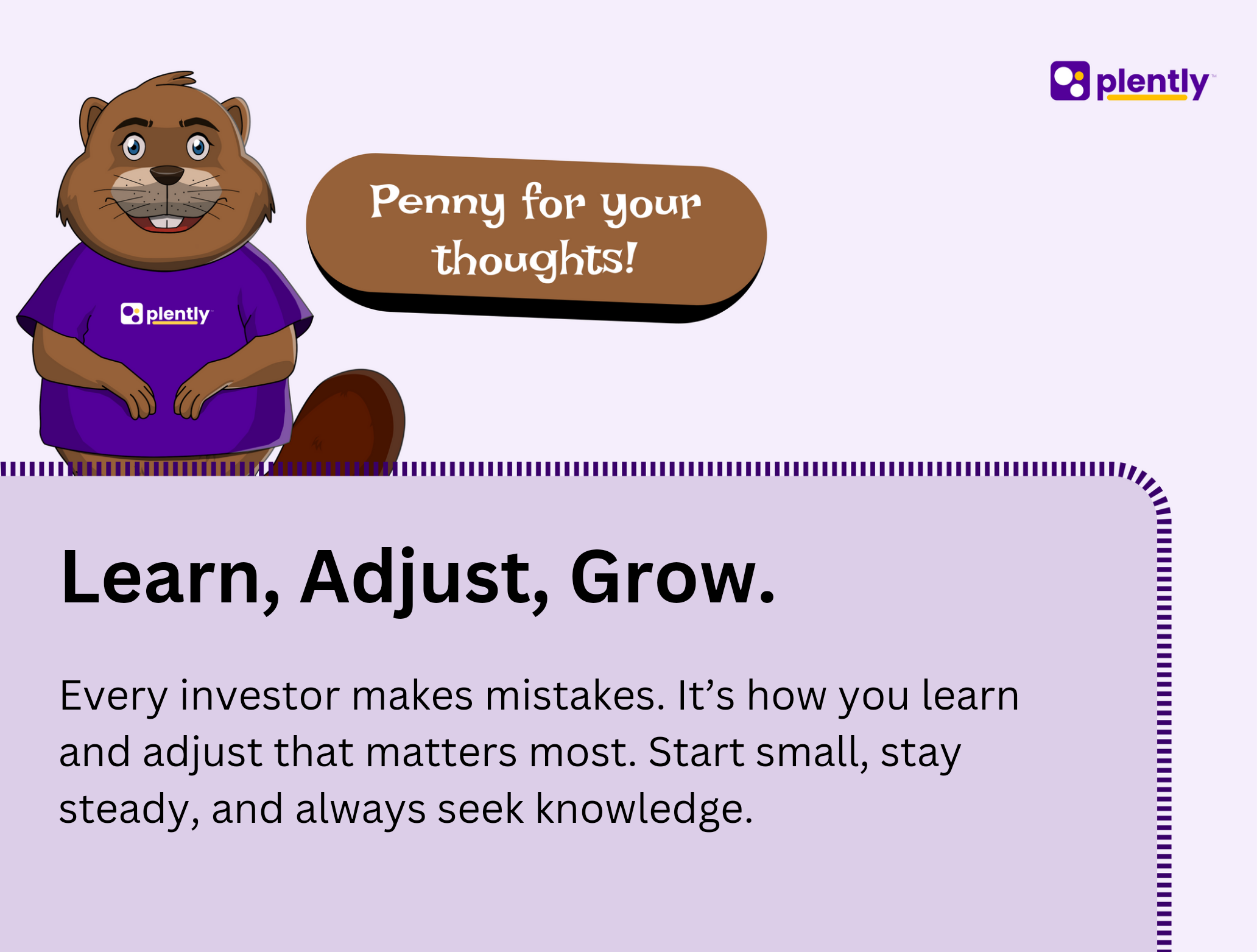How to Invest in Index Funds as a Beginner
6 mins read
Published on Nov 28, 2024

Introduction
In our previous article, “Understanding Index Funds,” we shared the basics of index funds as a concept. You're probably aware now that investing in index funds is often hailed as one of the smartest, simplest ways to grow your wealth over time. Whether you're an absolute beginner in investment or looking for an easy, straightforward way to get started with your future, then index funds might be one of the best options for you.
How to get started? Not to worry, this article will walk you through how to set up and get running with index funds, from choosing a suitable platform down to choosing the best fund to meet your objectives.
1. Choice of Brokerage
First and foremost, you need to select a brokerage platform on which you can manage your investments. For that, a number of brokers are available with varying features, fees, and investment options, so you better choose wisely.
Popular Brokerage Options:
Vanguard: Offers low-cost index funds and is a favorite among long-term investors.
Fidelity: Offers a wide range of index funds and very good customer service.
Charles Schwab: Offers commission-free trading and excellent index fund options.
You need a low-fee brokerage with a very easy-to-navigate platform and good customer support. Consider this akin to selecting a vehicle for your investment journey. You want it to be reliable and easy to use.
2. Types of Accounts
Next, you need to determine the type of account you will open. The type of account you open will determine how your money is taxed and how accessible it is.
Taxable Brokerage Account: This is the simplest option. You can invest an unlimited amount, but you will be subject to paying taxes on dividends and capital gains.
IRAs: Traditional or Roth IRAs offer limited tax advantages. In the case of a Roth IRA, your money grows tax-free.
401(k): A type of retirement account with possible employer matching contributions—free money!
For beginners, a taxable brokerage account is often the easiest option. But for the really long-term investor, an IRA or 401(k) might save a ton on taxes. It's like the “rent an apartment/buy a house” question. You pick the one that depends upon your financial goals and how long you're staying.
3. Choosing the Right Index Fund
Now, the less-than-fun part: actually choosing the index fund. You don’t need to get the jitters. Here's how you can simplify it:
• Expense Ratio: Think of it as the maintenance fee for your car. A lower expense ratio means you’re paying less to manage your investment. Over time, that means more money for you. Higher fees can add up and eat into your returns, so aim for funds with low expense ratios.
• Performance History: Although past performance is not an indicator of future returns, it is nonetheless useful to see how the fund has fared in varied conditions. If a fund has shown some consistency over 5 or 10 years, that indicates it was well managed. In contrast, one should not be seized by short-term fluctuations. But don't get too caught up in short-term fluctuations.
• Diversification: Imagine putting your eggs in different baskets. If one basket drops, you’ve still got others to keep your eggs safe. Most index funds are already diversified, but some have more variety than others. For example, an S&P 500 index fund spreads your money across 500 big U.S. companies, offering good diversification.

• Fund Size: The bigger the fund, the more stable it usually is because it has more money to spread around. Still, smaller funds may provide higher growth, and with it, higher risks. Being a starter, starting with a huge fund like the S&P 500 index fund offers stability because of diversification.
For most beginners, a broad-market index fund, such as the S&P 500 and the Vanguard Total Stock Market Index, is a great place to start. It’s like getting a variety pack of your favorite snacks—you’re sampling the best of the best!
4. The Process of Buying an Index Fund
Once your account is set up and you've selected your fund, now it's time to buy! Here's a step-by-step process:
1. Fund Your Account: Obviously, before you can buy anything, you need to put money in your brokerage account. You can often do this via bank transfer or another method.
2. Find the Fund: Search and find based on name or ticker symbol. It's like finding your favorite restaurant on a map.
3. Choose Your Investment Amount: Anything over the minimums of the funds, and you can invest an amount as big or as small as you want. Most of the funds allow you to start off with just $100.
4. Place Your Order: Once you have decided how much you want to invest, you will place the order. Most platforms can give you the facility for setting up automatic, recurring investments for the future.
5. Monitor Your Investment: Once you have bought, keep monitoring your fund's performance. But remember, index funds are for long-term investments, so try not to check every day! You plant a tree and give it time to grow.
5. Common Mistakes to Avoid When Investing in Index Funds
Starting out is exciting, but we all make mistakes. Here are some to avoid:
Emotional Investing: When the market goes down, you may feel panicky. It is normal. On the other hand, do not let fear drive your decisions. Remember, index funds are for the long run. Keep calm and keep on investing.
Trying to Time the Market: It's impossible to predict what the market will do. Rather than waiting for the perfect investment opportunity, focus on constant investment. And set up automatic contributions so you're always investing, no matter what mood the market is in.
Overlooking Inflation and Fees: Remember to check the expense ratio! Even small fees add up over time. Think of them like subscription services—you want to make sure you are getting good value. And while the small fees are important, don't forget inflation tends to reduce your purchasing power over time. Diversifying into funds that perform well against inflation, like international or real estate funds, can be a real good strategy as well.

Conclusion
Investing in index funds is one of the easiest and most effective ways to build wealth. With the right platform, account type, and fund, you’re setting yourself up for financial success. Stay patient, avoid common mistakes, and keep your focus on long-term goals.
What are you waiting for, then? The sooner you start, the sooner money will be working for you, not against you. Now, get that index fund, and let's begin building your wealth! Your future self will thank you!
Last updated: Nov 28, 2024
Share this with your friends and family
Join the money party
Level up your financial game with our exclusive blog updates, delivered straight to your inbox
Other articles you might enjoy
Join the #1 banking app for the Commonwealth
Get started on Plently
Rosemary D.
Phia Consultants
It's like having the best financial partner in my pocket!

Jonathan G.
Open Space Inc
Plently has truly transformed my financial life.

Emily H.
Student
With their user-friendly interface and innovative tools, managing my money has become a breeze.

Margaret D.
Small Business Owner
I finally feel in control of my finances, thanks to Plently!

Alexander P.
Small Business Owner
After Plently, I can't imagine going back to traditional banking!

Oliver A.
Student
Being a part of a Money Circle has been a game-changer for me. It's not just about financial contributions; it's a supportive community working together towards shared goals





Loading comments...